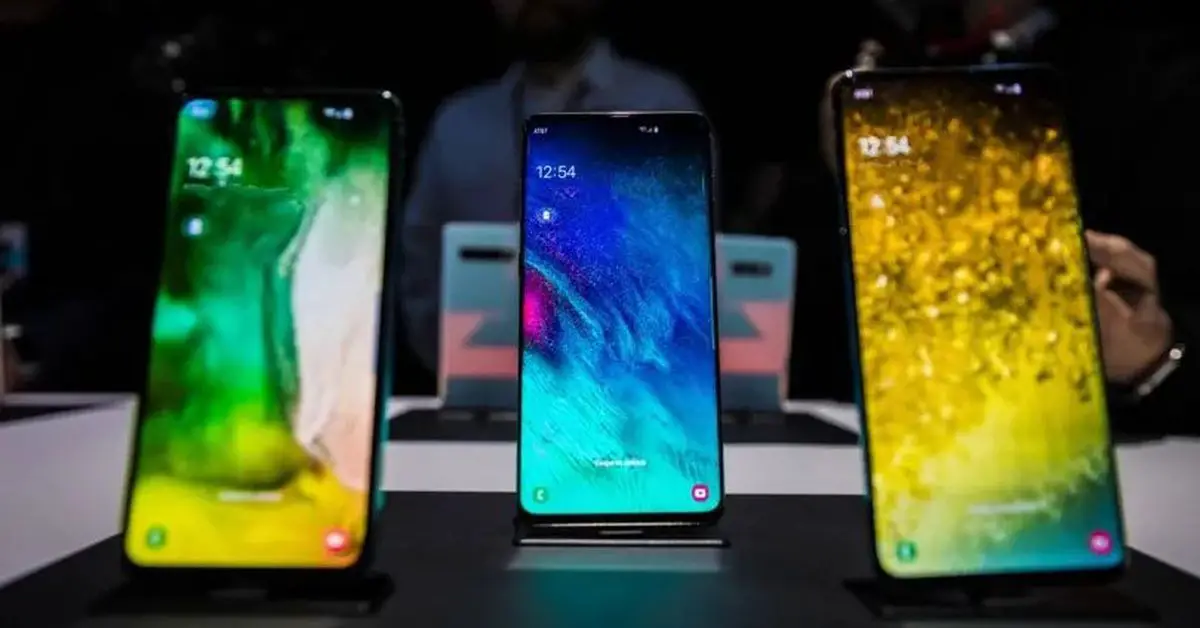We prepared a comparison of AMOLED, IPS LCD, and OLED displays, telling you features and differences between them for you to decide which is the best.
Having one type of panel or another can have a great influence on the visual experience of our mobile since each technology has several advantages and disadvantages. And it is something that many users do not pay enough attention to, but that does not mean that there are no important differences between them.
AMOLED, IPS LCD, and OLED displays: Which is the best?
However, before we can know what their differences are and which technology comes first, we need to know what types of screen there are. So we will take a look at the different screen technologies that we can find today so that you can make the right choice the next time you change your phone.
AMOLED
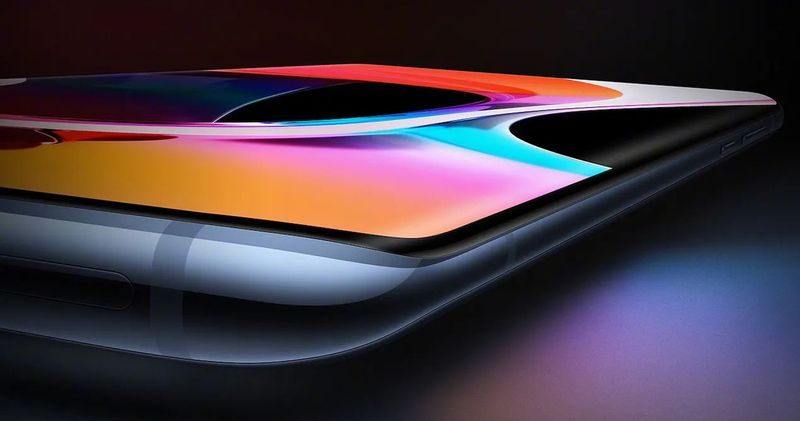
We start with AMOLED technology, an acronym for Active Matrix Organic Light-Emitting Diode, which uses organic materials that emit light when electricity is applied. In addition, it is important to emphasize that it is based on OLED technology, although it does not manage to display the pure black tones of OLED panels.
Mobile devices with this technology on their screens will be able to display bright, thin, flexible, and efficient images. A striking feature of this technology is that it illuminates each pixel only when it is electronically activated, i.e. AMOLED screens are always off unless individual pixels are turned on.
Another characteristic factor of these displays is that they have purer blacks, which leads to less power consumption when black or darker colors are displayed on the screen. In addition, they have great flexibility that allows companies to bring out devices with curved screens.
Super AMOLED screens came to replace the original AMOLED. These new panels have a smaller thickness, a more powerful brightness, purer colors, better viewing angles, and lower power consumption. As a result, we find a significant improvement in these screens, which will offer sharper, purer, and more colorful images with reduced battery consumption.
IPS LCD
Nowadays, this technology is the one we can usually find in phones since they are cheaper to manufacture and reduce costs when producing mobile devices. In this case, we are talking about a liquid crystal and in which the pixels can modify a light source that reaches them to show the different colors on the screens. The positive side of these IPC (In-Plane Switching) panels is that they can achieve very high-quality color representation, contrast, and viewing angles. Furthermore, this technology was created as a simple additional enhancement to TFT LCDs.
OLED
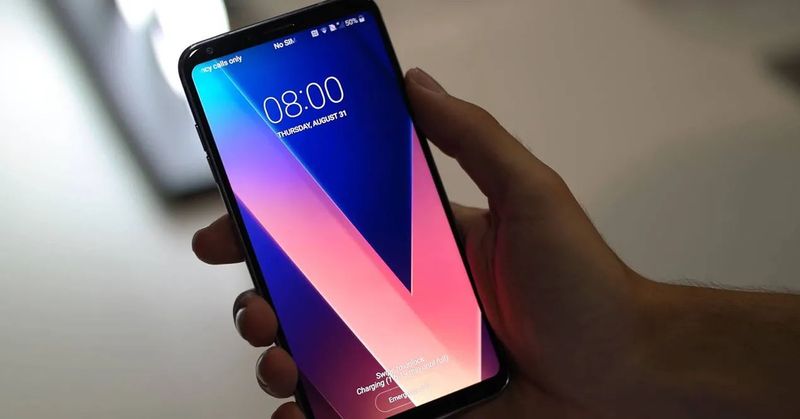
OLED screens are very present today in most high-end cell phones. And is that this technology uses the general backlighting of the pixel panel, which means that their screens have a light-emitting diode for each pixel. So each pixel will be illuminated separately, giving a series of unique characteristics of color, contrast, and brightness. And as we said before when talking about AMOLED screens, blacks are also more visible and the image contrast is much better appreciated.
In addition, within these panels, we find the P-OLED. This technology owes the letter P to the plastic with which they are manufactured. Thanks to the inclusion of the latter material, they are thinner and more moldable. However, the more traditional OLED technology remains intact.
The difference between AMOLED, IPS LCD, and OLED displays
It should be noted that the saturation on AMOLED and OLED screens can be more tiring. However, these screens demand less energy and are capable of providing a much more intense black color since they do not receive any type of backlighting.
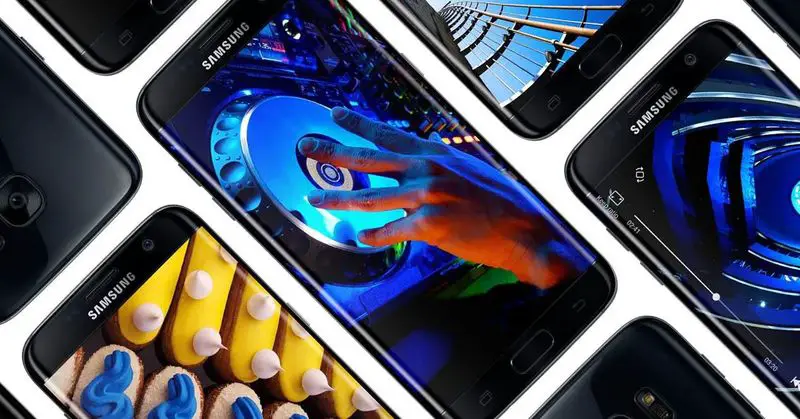
Another key difference is that OLED and AMOLED panels have a higher degradation than IPS LCDs. The former two are estimated to have 14,000 hours as maximum lifetime, while IPS can easily have a lifetime of up to 60,000 hours. In addition, below we will detail other changes that will help you choose a final winner among these three types of panels.
Brightness
The brightness on these panels doesn’t change much when we talk about maximum brightness. These displays perform well in all situations. Like, for example, in high light or while we are with the mobile and is giving full sun, as these three panels manage to look good because they have a really good maximum brightness.
Color and temperature
Here is the main feature in which these types of technology differ. An aspect by which we can opt more or less for one panel than another. In the case of AMOLED and OLED screens, the image we see will take the whiter colors to slightly yellowish tones. While IPS LCDs will take the white color to a more realistic tone. The fact that AMOLED panels are more saturated leads to an increase in color temperature, but also more vivid and striking colors.
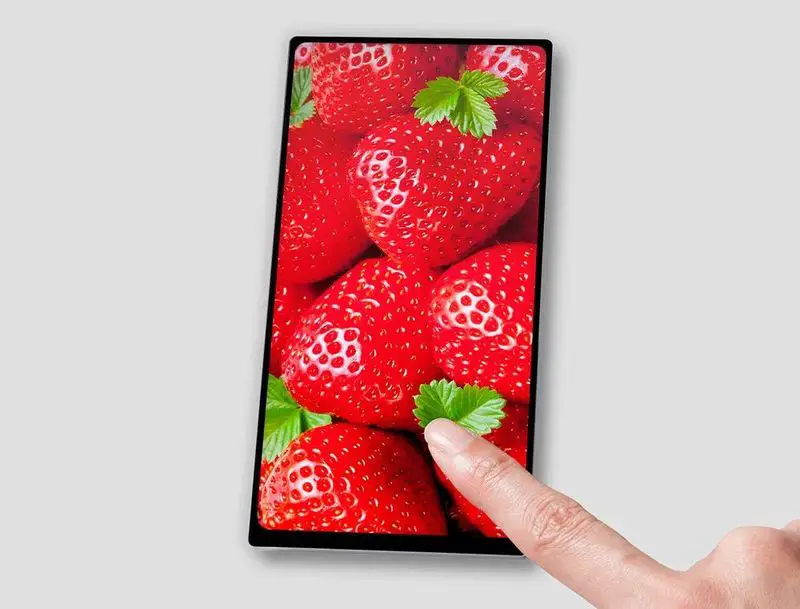
Consequently, it is necessary to talk about the temperature of the image on the screen, since it is the deviation of tone that color has. Therefore, we must understand that a cold temperature means that the colors shown are deviated towards bluish tones, compared to a hot temperature, in which the colors have a more orange tone.
In this case, AMOLED and OLED panels show a more saturated image, which leads to a temperature with more orange tones. Returning to the same thing, an IPS LCD screen manages to show us more realistic image results than its two opponents. Although it is true that in the first two we will have a more vivid image.
Which is the best display technology?
The final decision to choose which of the three is the best option when buying a new phone. And although we are faced with three types of very high-quality screen technology, there are very clear differences. It will also depend on the advantages we want to have since each screen technology will offer us one or the other. If what you are looking for is a screen that shows us very vivid colors, your best option will be mobile with OLED or AMOLED panel. On the other hand, if you want greater color fidelity, an IPS LCD screen will be the one that best suits your tastes. So, finally, everything will depend on the tastes of each person and their budget.

